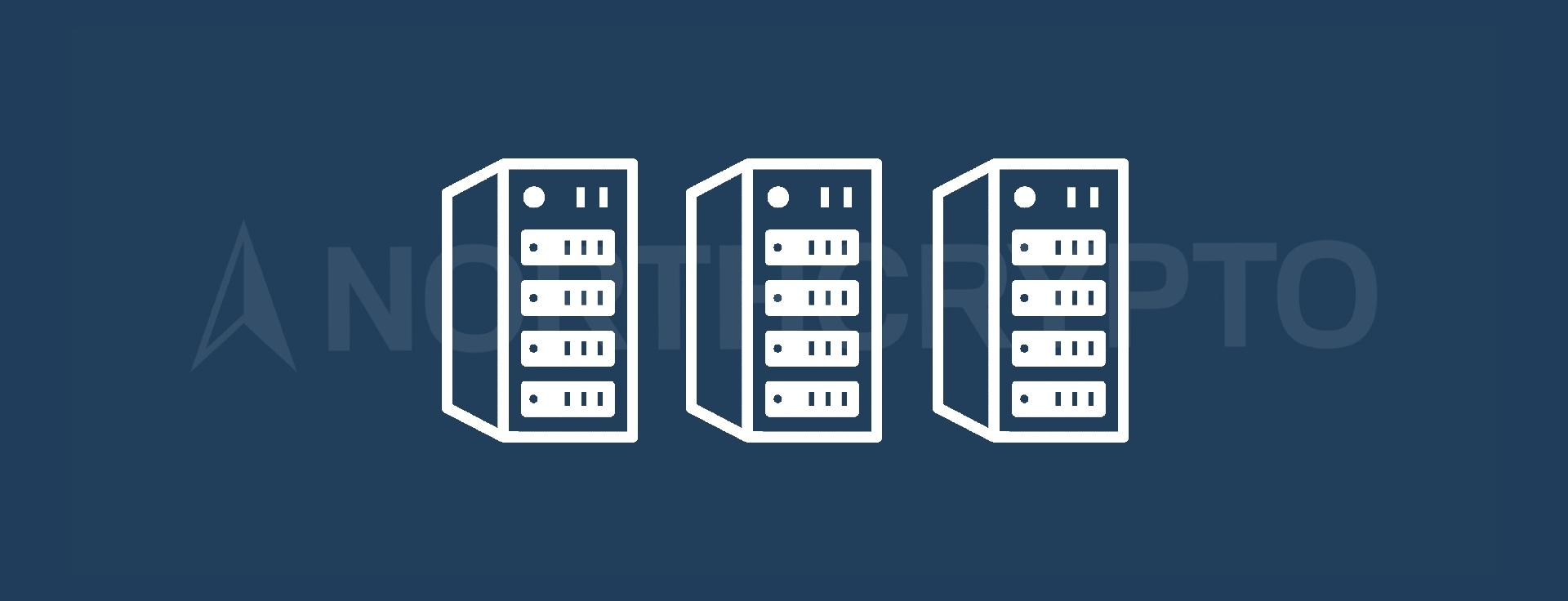
One of the biggest criticisms of bitcoin is the high electricity consumption of bitcoin. Electricity is needed for bitcoin miners, and mining currently consumes more electricity than many countries in the world. This text aims to discuss bitcoin's electricity consumption and consider whether the concern raised in recent years about bitcoin's increasing electricity consumption is justified
What is Bitcoin?
Bitcoin is the world’s oldest and best-known cryptocurrency based on blockchain technology. Bitcoin is based on open source code, which can be used entirely freely. Bitcoin is created by a person or entity named Satoshi Nakamoto, who has not been known. The first block of the Bitcoin blockchain, the Genesis block, was mined on January 3, 2009.
The maximum amount of bitcoins is 21 million bitcoins. Bitcoin’s blockchain is fully decentralized, so unlike traditional currencies (e.g., dollar and euro), bitcoins are not controlled by the central bank or any single entity. New bitcoins are generated by a competitive and decentralized process called "mining". In the Bitcoin blockchain, a new block is mined about every 10 minutes, and the mining fee for it is currently 6.25 bitcoin. Bitcoin's mining fee halves every 210,000 blocks. The last bitcoin halving occurred in May 2020. The bitcoin halving appears on average every four years. Therefore the next halving will take place in 2024. Bitcoin halving is a feature programmed within the Bitcoin blockchain that aims to keep the total amount of bitcoins stable and prevent inflation.
Bitcoin mining
Bitcoin is a cryptocurrency based on blockchain technology. Bitcoin utilizes the Proof of Work consensus algorithm. The Proof of Work consensus algorithm means that Bitcoin’s blockchain maintenance work is the miners' responsibility. The miners are, in effect, highly efficient computers whose job it is to build new blocks in the Bitcoin blockchain. The new block always contains a list of Bitcoin transactions. The miners assemble these transactions together and form a new block of them. Each block of a blockchain also refers to the block preceding it.
The Bitcoin blockchain miners will receive a mining fee for their work and transaction fees for the transactions that took place in the most recent block. Proof of Work-based cryptocurrencies, such as Bitcoin, require physical mining equipment to operate, that is, in practice, highly efficient computers. Bitcoin’s blockchain mining is performed today by powerful ASIC miners. These machines consume a lot of electricity and also need to be upgraded to newer models regularly to maintain productivity.
The price of bitcoin has risen a lot in recent years. As the price of bitcoin increases, bitcoin mining has also become an even more professional business. Most of Bitcoin's mining today is carried out by large mining farms with tens of thousands of ASIC miners.
Bitcoin electricity consumption
Bitcoin’s high electricity consumption has been one of the talk topics of recent years. However, is the electricity consumption of bitcoin such a significant problem that many have suggested?
Bitcoin’s network needs miners to operate, which in turn consumes electricity. The popularity of Bitcoin mining has grown tremendously in recent years. Indeed, Bitcoin’s energy consumption today is higher than in many countries around the world. Bitcoin utilizes a consensus algorithm called Proof of Work. The security of a Proof of Work network depends on the amount of computing power of the network. Sufficient computing power, on the other hand, naturally consumes energy.
Bitcoin is, by far, the largest distributed computing project in the world. Bitcoin’s network computing power is very high, and during 2020 it will have grown even more. Currently, the computing power of Bitcoin’s network is well over 100 billion hashes every second. Due to the high computing power of the Bitcoin network, hacking Bitcoin is virtually impossible.
When talking about bitcoin's electricity consumption, there is often a false statement assuming that the bitcoin network's electricity consumption increases every year. The mining fee received by Bitcoin’s blockchain miners halves every four years. In the next halving in 2024, the mining fee will decrease from the current 6.25 bitcoin to 3.125 bitcoin. The halving of bitcoin results in the supply of bitcoin decreasing after each halving. The reduction in the mining fee is a built-in feature of Bitcoin’s network that prevents both inflation and exponential growth in computing power. The halving of mining fees will also lead to a decline in the profitability of mining. The halving of mining fees means that miners should always minimize the amount of energy used for mining.
People often mistakenly think that bitcoin mining would still do today from people’s home computers. Today, however, mining is concentrated in mining companies. These companies operate large mining farms that contain up to tens of thousands of high-performance mining equipment (ASIC). Electricity consumption is the largest expense item for mining farms, which eats up their profitability. As a result, mining farms are mainly locating in countries where there is overcapacity in electricity generation, and therefore, the price of electricity is also low. If electricity production’s overcapacity is utilizing in mining, electricity consumption is not out of reach for anyone else.
The price of electricity is by far the highest running cost of mining farms. The price of electricity, in most cases, also determines the profitability of bitcoin mining. More and more mining farms today utilize renewable energy sources in their operations. The utilization of renewable energy sources means that the mining farm produces the electricity it needs itself, which keeps the mining farms safe from rising electricity prices. More and more mining farms utilize renewable energy sources in their electricity production, e.g., solar panels and hydropower.
The efficiency of the equipment used in Bitcoin's mining is improving year by year and looking at Bitcoin's history. The computing power of Bitcoin's network has grown faster than it’s electricity consumption. In the future, technological advances will inevitably reduce Bitcoin's electricity consumption. With the development of technology, the highly efficient computers used in mining will produce even more computing power in the future with significantly lower electricity consumption.
Bitcoin consumes a lot of electricity today. However, Bitcoin's high electricity consumption is not such a big problem, which many parties suggest in their statements. Even if the use of bitcoin increases in the future, Bitcoin's electricity consumption will not grow exponentially. The claims that Bitcoin will consume more electricity in the next few years than all the countries in the world combined are not valid. In Bitcoin mining, minimizing electricity costs is extremely important, and the size of the electricity bill determines the profitability of mining. Miners should therefore strive to mine bitcoin as efficiently as possible and minimize electricity costs.
Thanks to advances in technology, mining equipment will generate even better computing power for Bitcoin’s network in the future with less electricity than at present. To minimize electricity costs, mining farms also always seek to apply for cheap electricity to overcapacity areas. Also, an increasing proportion of the electricity used by Bitcoin miners will come from renewable energy sources in the future. Concerns about Bitcoin’s exponentially growing electricity consumption and carbon footprint are therefore unnecessary.
Mikko Soon
Cryptocurrency specialist
Last updated: 10.03.2022 15:20





